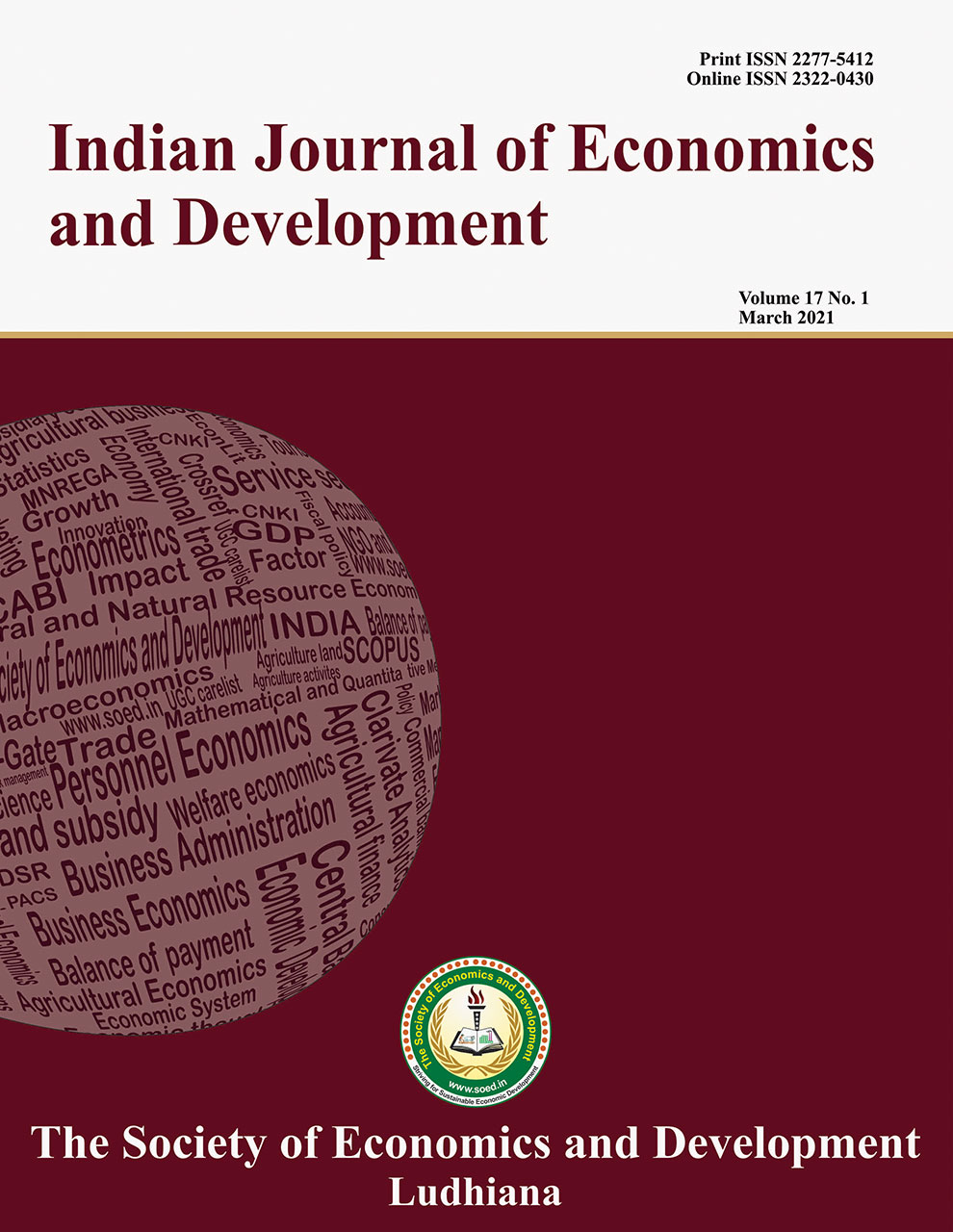A Comparative Analysis of Pre and Post Watershed Development Programme: A Case Study of Umngoh Watershed in Ri-Bhoi District of Meghalaya

Price: ₹ 500
Author: Hehlangki Tyngkan , S.B. Singh , B. Nongbri , D.R. Lyngkhoi and J. Gogoi
Author Address: School of Social Science, Department of Agricultural Economics, CPGSAS, CAU (I), Umiam-793103 (Meghalaya), and Department of Agricultural Economics, CAU, Imphal-795004 (Manipur)
Keywords: Cropping intensity, income distribution, socio-economic impact, watershed
JEL Codes: O13, Q00, Q01, Q20
Abstract
This paper assesses the impact of the watershed development programme (WDP) on the cropping intensity, livestock population, income, income distribution, and employment generation of the beneficiaries. The results revealed that there was a more or less positive change in cropping intensity during the post-intervention of the programme. Due to the watershed programme, there was a significant increase in the livestock population and a working day. It led to the enhancement in the income of the benefitted individuals in both the on-farm and off-farm sectors. Further, results revealed a more uniform income distribution among the beneficiaries post-intervention of the watershed project. Thus, the watershed programme made a positive impact on the socioeconomic condition of the rural poor.
Description
Indian Journal of Economics and Development
Volume 17 No. 3, 2021, 584-590
DOI: https://doi.org/10.35716/IJED/21090
Indexed in Clarivate Analytics (ESCI) of WoS
Scopus: Title Accepted
NAAS Score: 5.15



